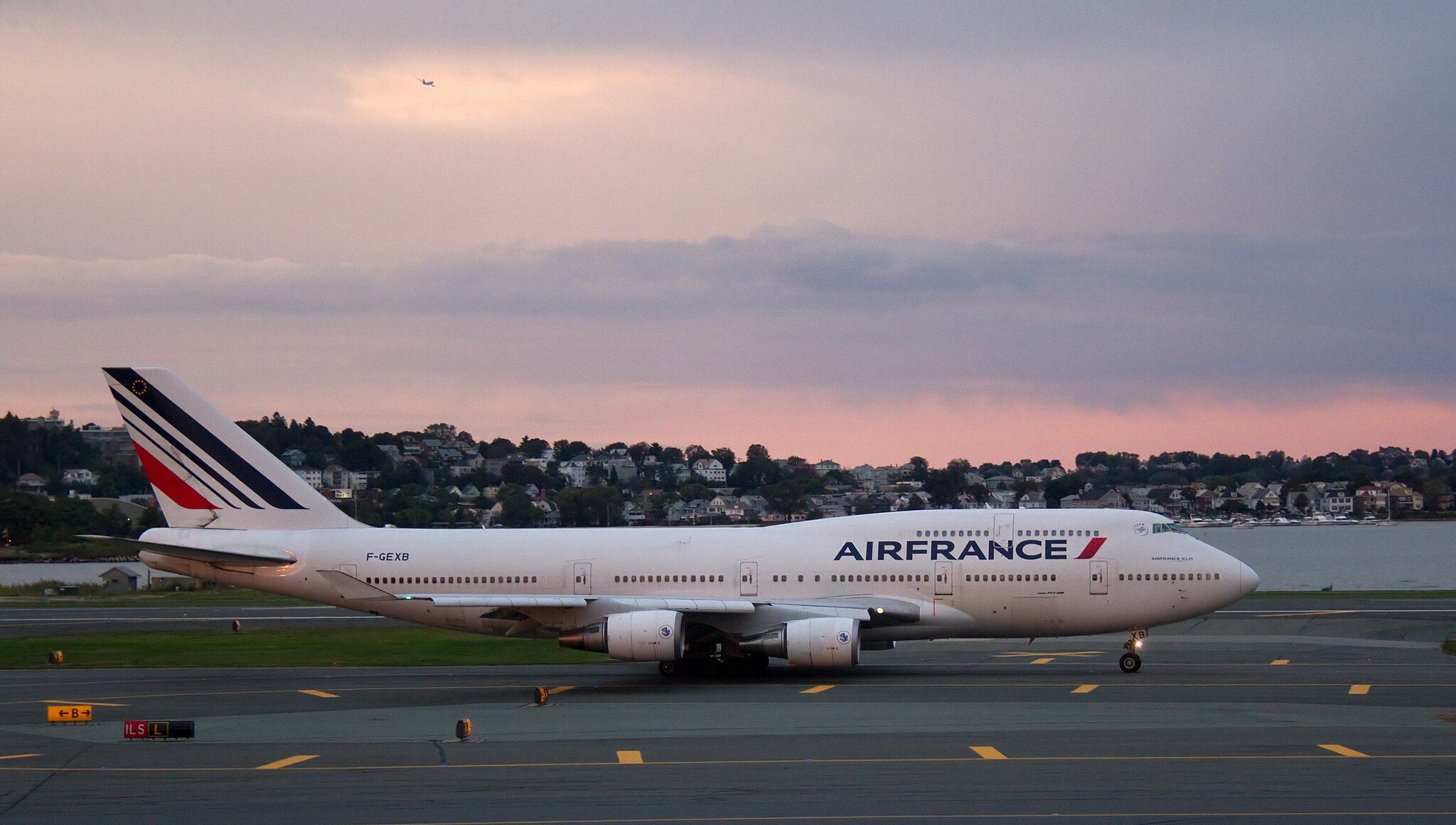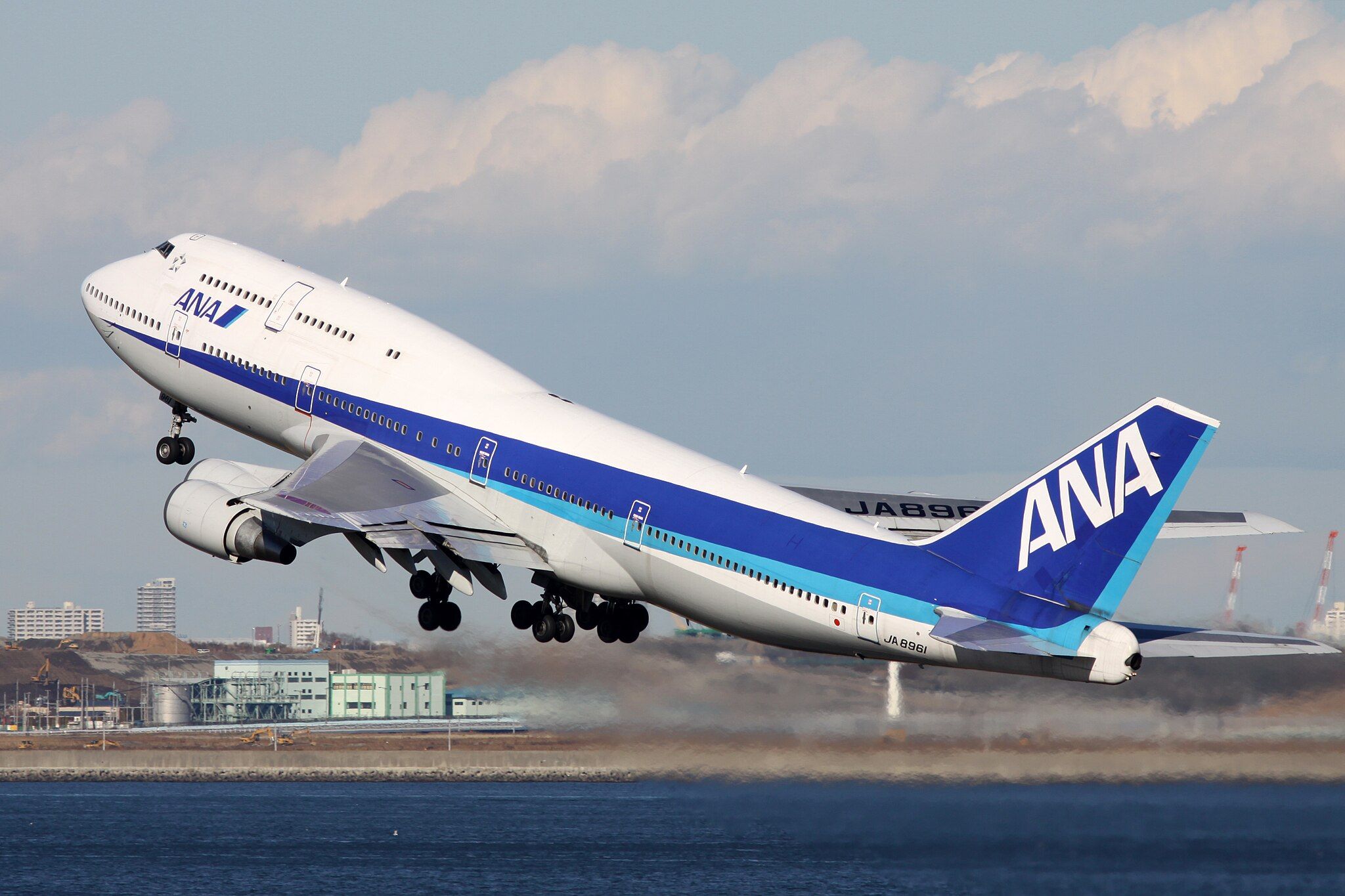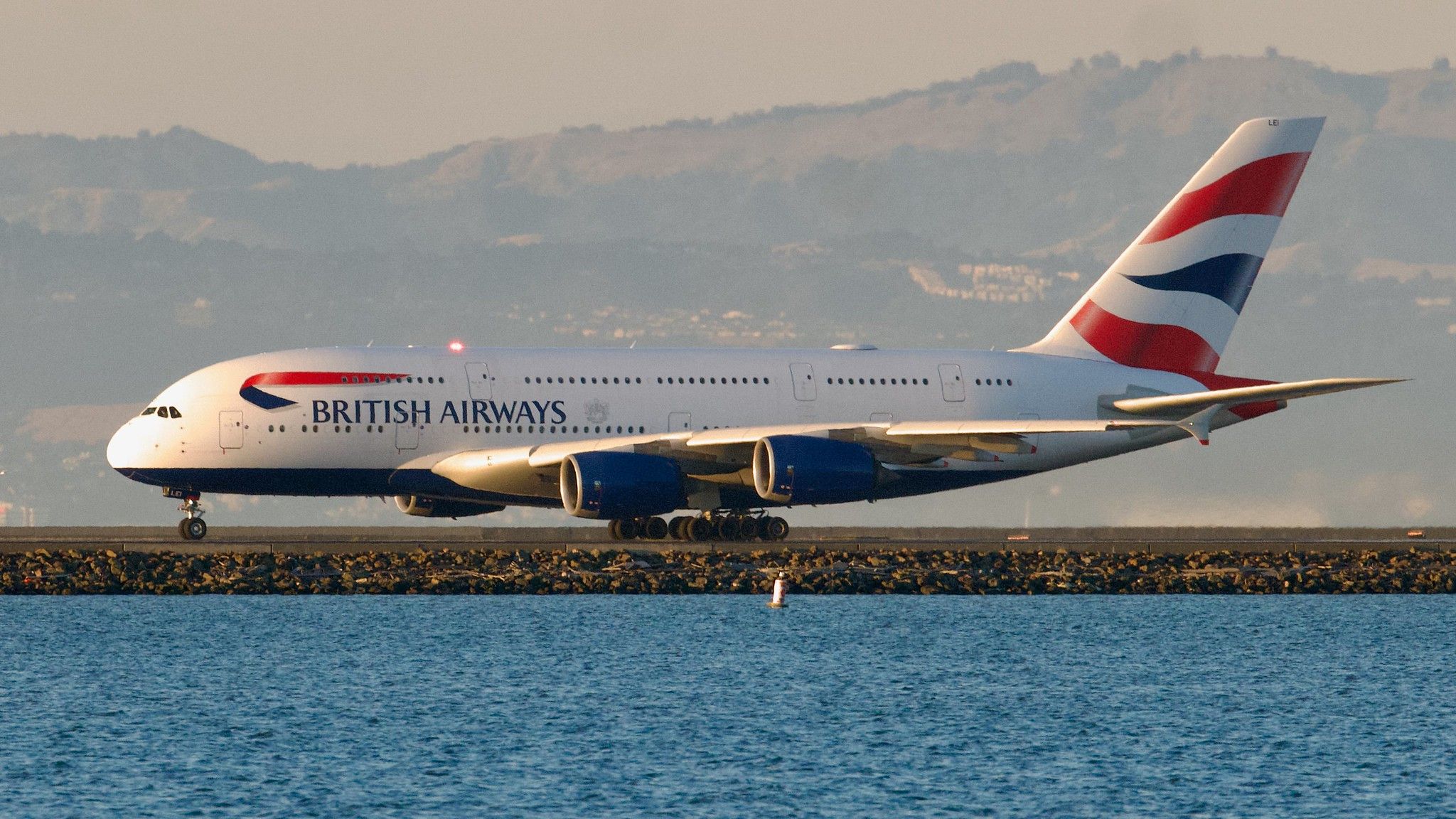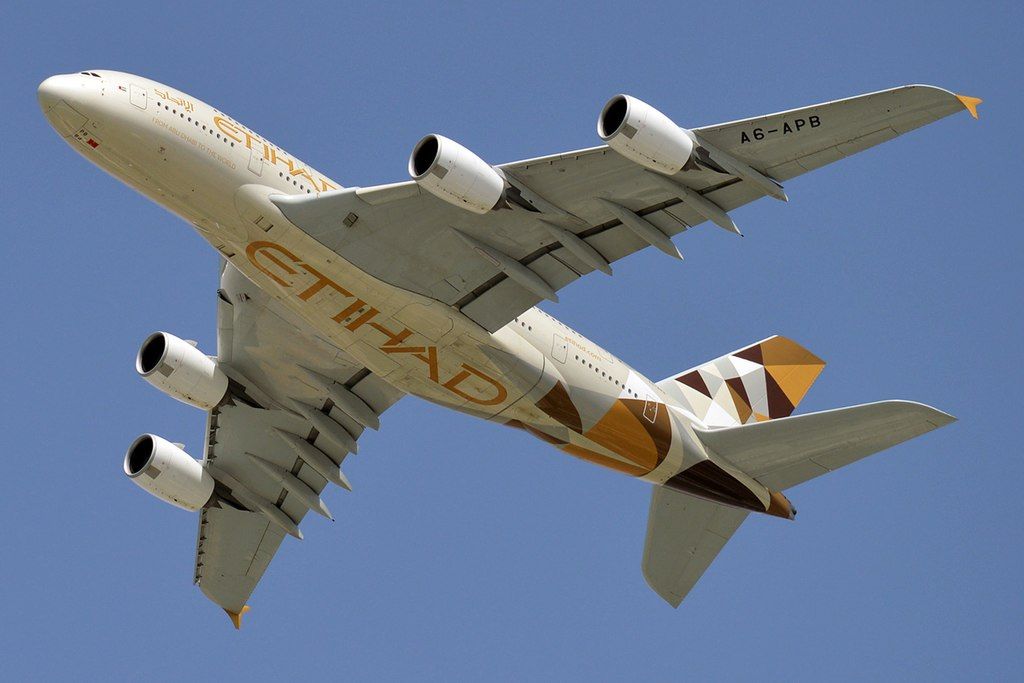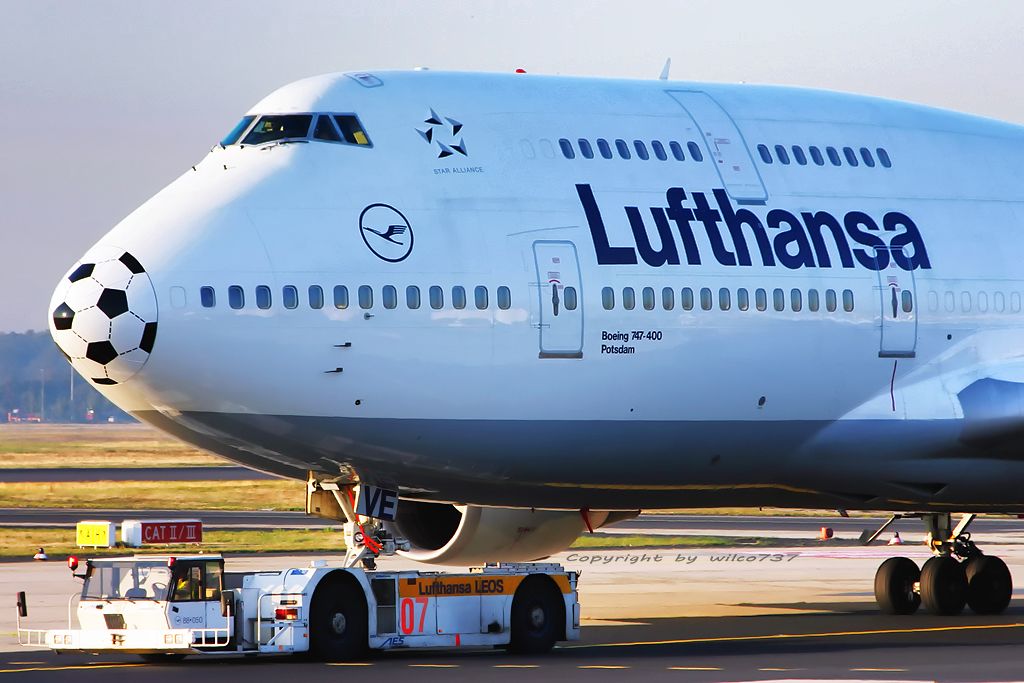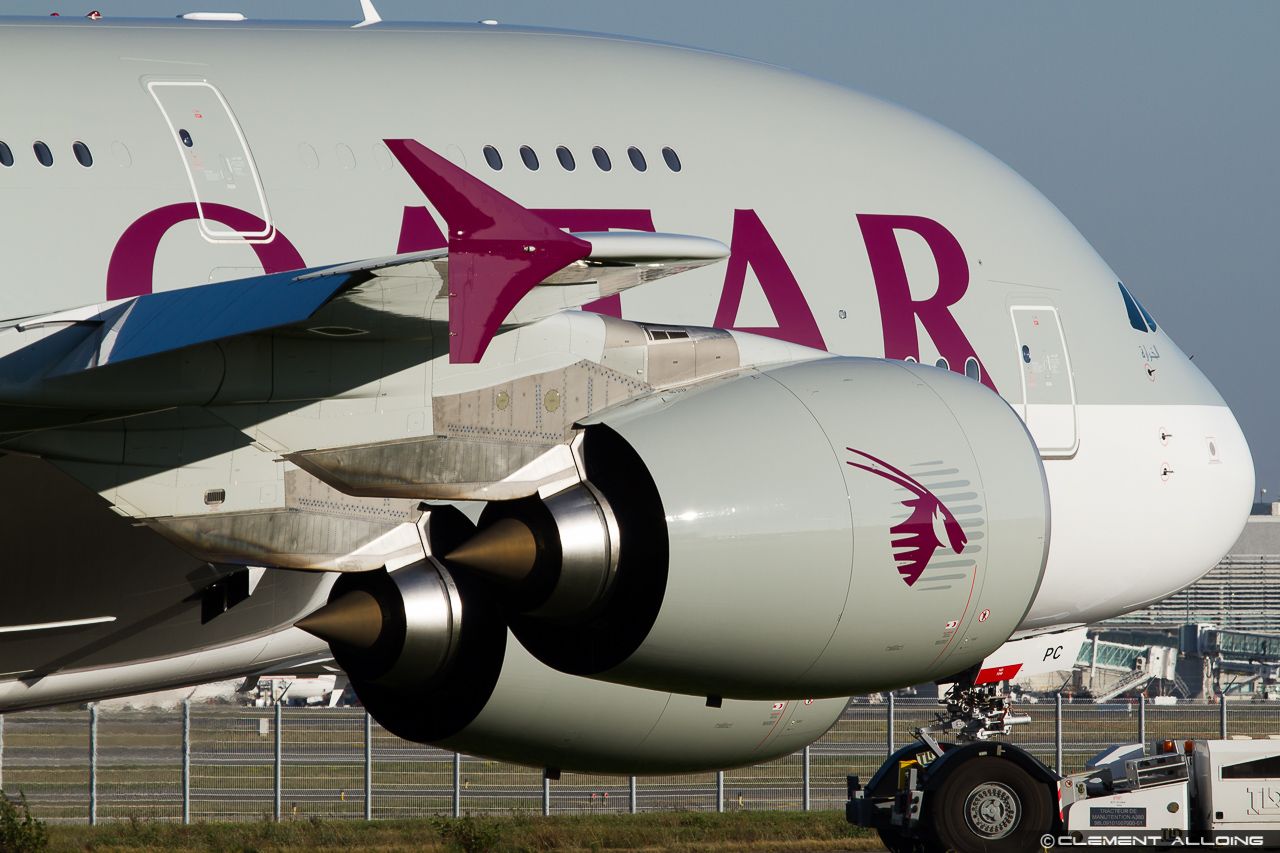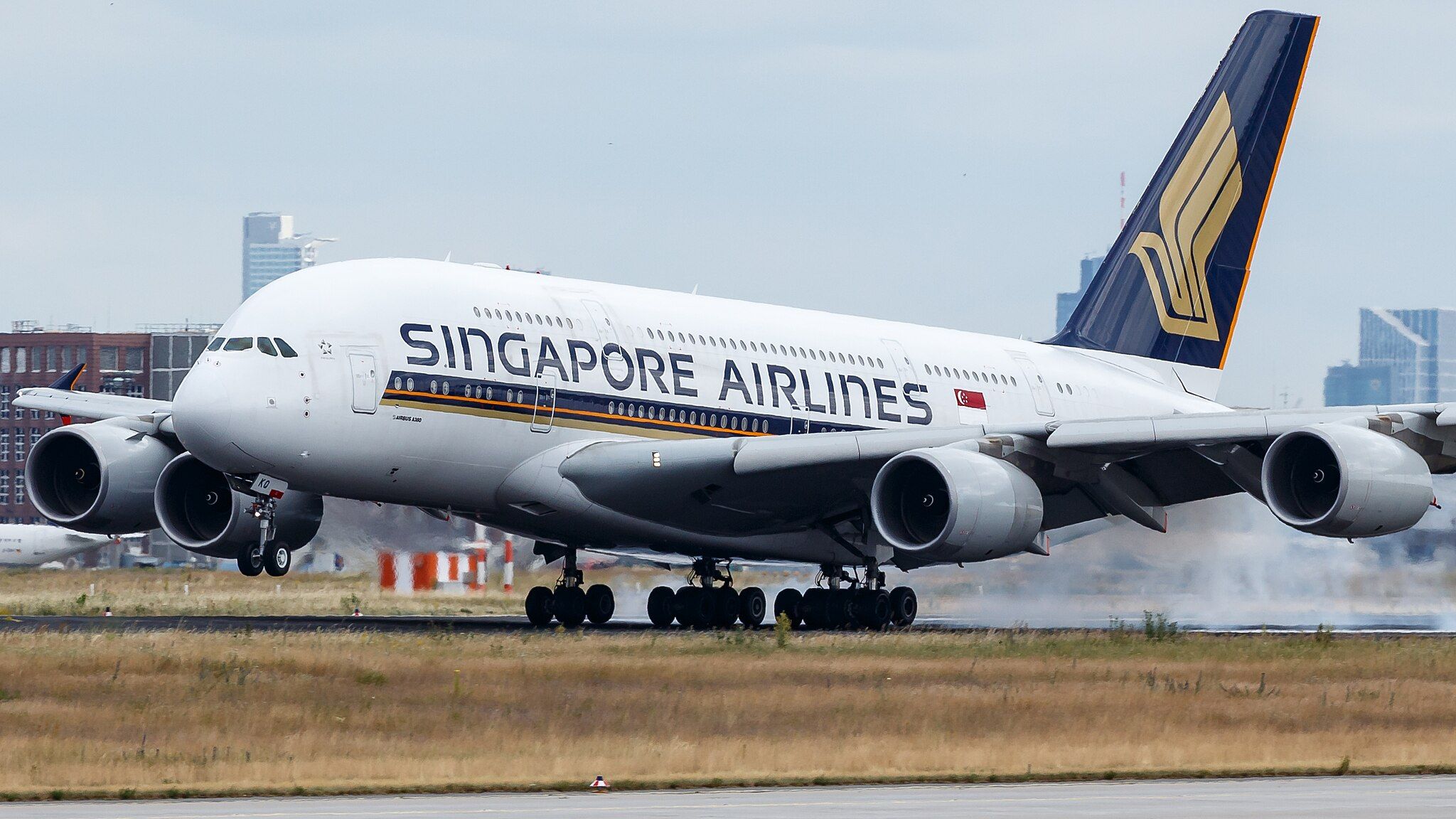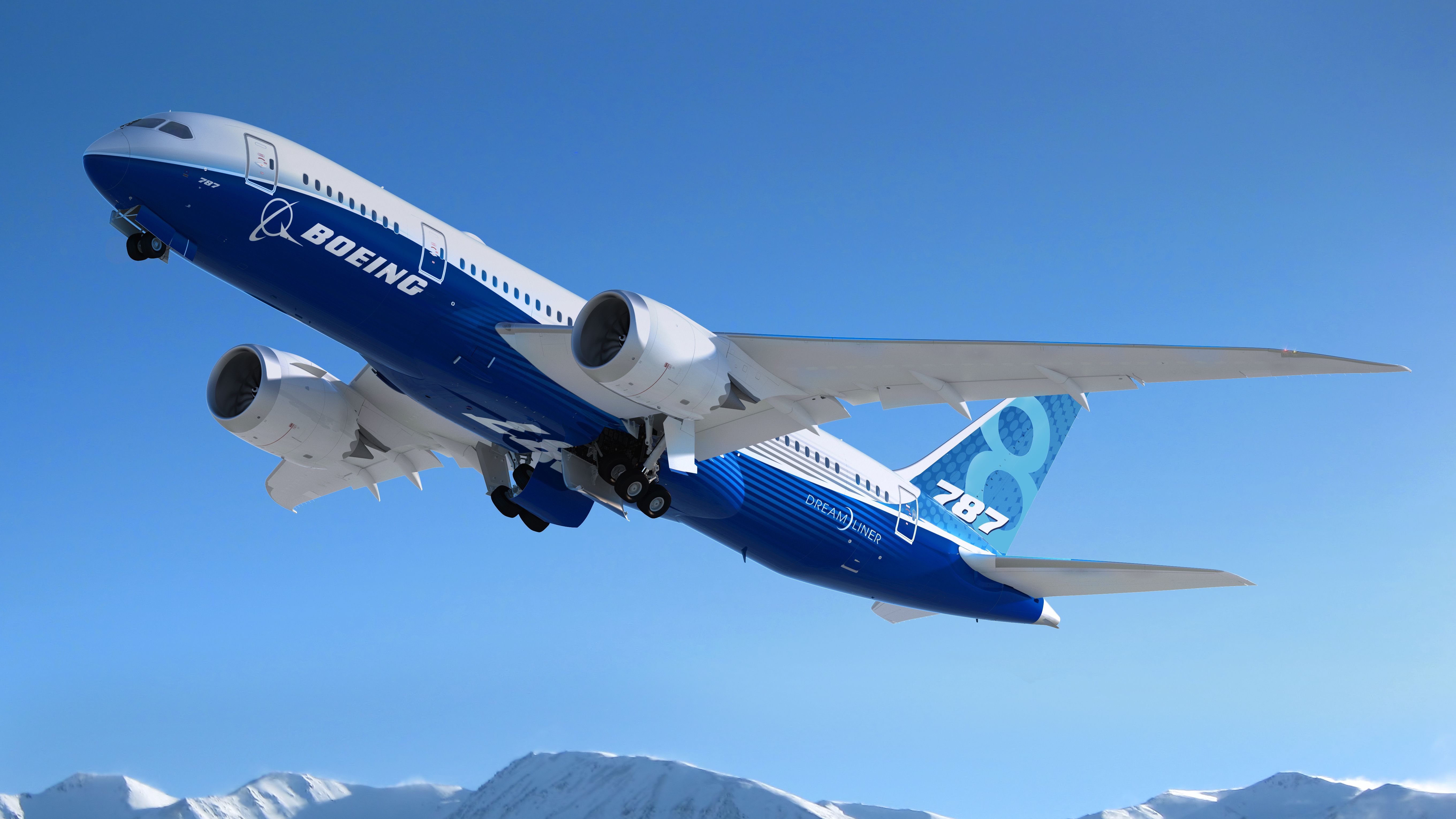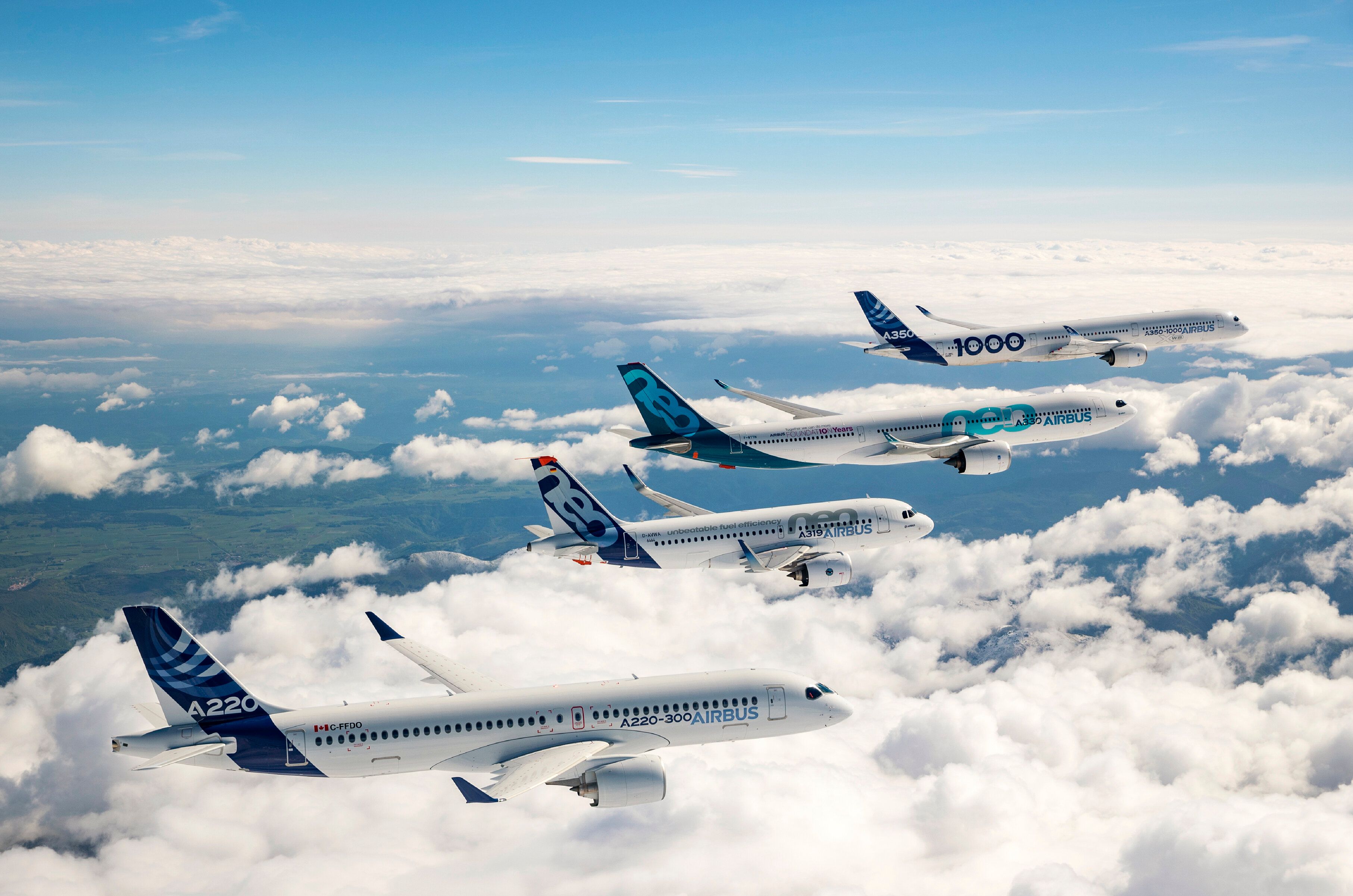Summary
- Some airlines, such as Air France and ANA, have operated both the Airbus A380 and Boeing 747 in their fleets at some point in history.
- Lufthansa is one of the few airlines that still operates both the A380 and B747.
- While the Boeing 747 has been retired by many airlines, the A380 has also met a similar fate by some carriers.
The Airbus A380 and Boeing 747 are two iconic giants that once ruled the skies as the pinnacle of long-haul travel. While the aviation industry has since seen many advancements, these double-decker aircraft redefined air travel with their impressive size, capacity, and range. Despite these two aircraft being formidable competitors in the industry, some airlines have chosen not to play favorites and have operated both types at some point in their histories.
Air France
In June 1970, Air France welcomed the B747 into its fleet, first flying between Paris Charles de Gaulle Airport and John F. Kennedy International Airport in New York. Over the next 46 years, the airline operated a total of 52 Jumbo Jets before high maintenance costs drove them into retirement. The last commercial Air France B747 flew on January 11, 2016, from Paris to Mexico City.
For nearly seven years, prior to the 747’s retirement, the French flag carrier operated both the 747 and A380 concurrently, having received its first Superjumbo in October 2009 – becoming the first European airline to operate the type.
The airline eventually acquired nine more A380s, which flew to 18 destinations worldwide from Air France’s Paris base. Sadly, after 11 years in operation, the aircraft were forced to retire in March 2020 due to the harsh impact of COVID-19 on the aviation industry.
ANA All Nippon Airways
At one point, the Japanese flag carrier operated as many as 46 747s in its fleet, including the -100, -200, and -400 variants, used for both passenger and cargo transportation. ANA’s first Queen of the Skies entered into service in 1978.
For 36 years, the trusty widebody jets served the airline until the last 747’s retirement in 2014. While no longer bearing the Japanese flag, five of ANA’s former 747s are still in service today with other carriers, including Saudi Arabian Airlines and Atlas Air. As for the A380, ANA has two active and one in storage.
British Airways
British Airways has also embraced both aircraft. Last month, the flag carrier celebrated ten years since the Superjumbo debuted in its fleet. At present, all 12 of the airline’s A380s are still actively flying.
The Boeing 747, on the other hand, met a different fate. The last American-made Jumbo Jet to fly with British Airways is in the process of being dismantled after accumulating more than 91,000 flight hours over 21 years. Its last flight took place on December 11, 2020.
Etihad Airways
United Arab Emirates flag carrier Etihad Airways owns 10 A380s. Of these, only two are currently active – two more are undergoing maintenance, while the remaining six Superjumbos are in storage, according to ch-aviation. After more than three years of being grounded during the pandemic, the airline recently reinstated the A380 on its London-Abu Dhabi route in July this year.
As for the other giant aircraft, Etihad has never operated the Boeing 747 for passenger services. Instead, it previously used a B747-400F and B747-8F under Etihad Cargo. The jets, on lease from Atlas Air, are no longer flying for Etihad. Etihad Cargo’s current fleet comprises five B777F freighters.
Lufthansa
Lufthansa, Germany’s flag carrier, has been a proud operator of both the A380 and the 747, which formed the backbone for the airline’s long-haul routes in the 2010s.
The airline ordered 15 Superjumbos in December 2001 and received the first on May 9, 2010, becoming the second European airline – after Air France – to operate the A380. In March 2022, after over two years in storage, Lufthansa announced that it would retire its entire A380 fleet. However, the decision was reversed in June 2022. Having resumed its A380 operations this month, Lufthansa has confirmed plans to keep its Superjumbo fleet in service until the early 2030s.
Lufthansa is one of the few airlines that still flies the A380 and concurrently operates the Boeing 747 to this day. The airline has eight remaining B747-400s and 19 B747-8s. Having such a large B747 fleet – plus, with its A380s’ service life extended – the airline is investing in Allegris, a new business class cabin that will be retrofitted on both types.
Qantas
Australia’s flagship carrier has had a storied history with the B747: a 49-year relationship that ended in July 2020. The -100, -200, -300, -400, and SP variants of the Jumbo Jet spurred the carrier to become a global player, connecting the Land Down Under with key cities across continents. After nearly half a century, Qantas’ final B747 flew for the last time on July 22, 2020.
The A380, on the flip side, is still going strong in Qantas’ fleet, with ten jets operational. However, this is set to change over the next decade. The flag carrier’s new CEO, Vanessa Hudson, recently shared at IATA’s AGM in Istanbul that the Superjumbo will be replaced by new-generation aircraft, like the A350-1000.
Qatar Airways
Qatar Airways first acquired two B747s from ANA in 1995, with a third that came from Air Mauritius the following year. Sadly, the Jumbo Jet’s life with Qatar was short-lived – all three were retired by 1998.
The European-built double-decker has had a longer run in the airline’s fleet, with eight of its ten A380s currently active. However, the flag carrier is planning to phase them out as the Superjumbos have been deemed too unsustainable. In fact, CEO Al Baker shared at a recent media roundtable that the A380 contributed to the airline declaring a loss of more than $4 billion in 2021.
Other airlines that currently fly both types
South Korea’s flag carrier, Korean Air, operates both aircraft types, with ten A380s (five active, four stored, and one undergoing maintenance) and 20 B747s used for passenger and cargo transportation. Fellow South Korean airline Asiana Airlines operates six A380s and 11 B747s (used primarily for cargo).
Singapore Airlines also operates both giant aircraft types: 14 A380s (ten active, three in storage, and one undergoing maintenance) along with seven B747 freighters.
Source: ch-aviation


